In our hyper-connected world of constant notifications, deadlines, and digital distractions, the simple act of breathing fully and consciously often becomes lost. Certain travel destinations have a remarkable ability to reset our internal rhythms, creating environments where deep breathing happens naturally and the mind finally quiets enough to hear what the body has been trying to say.
Here is a list of 20 destinations that create the perfect conditions for remembering how to breathe properly, places where the combination of natural elements, cultural practices, and environmental factors facilitate genuine restoration.
Japanese Forest Bathing Trails, Yakushima
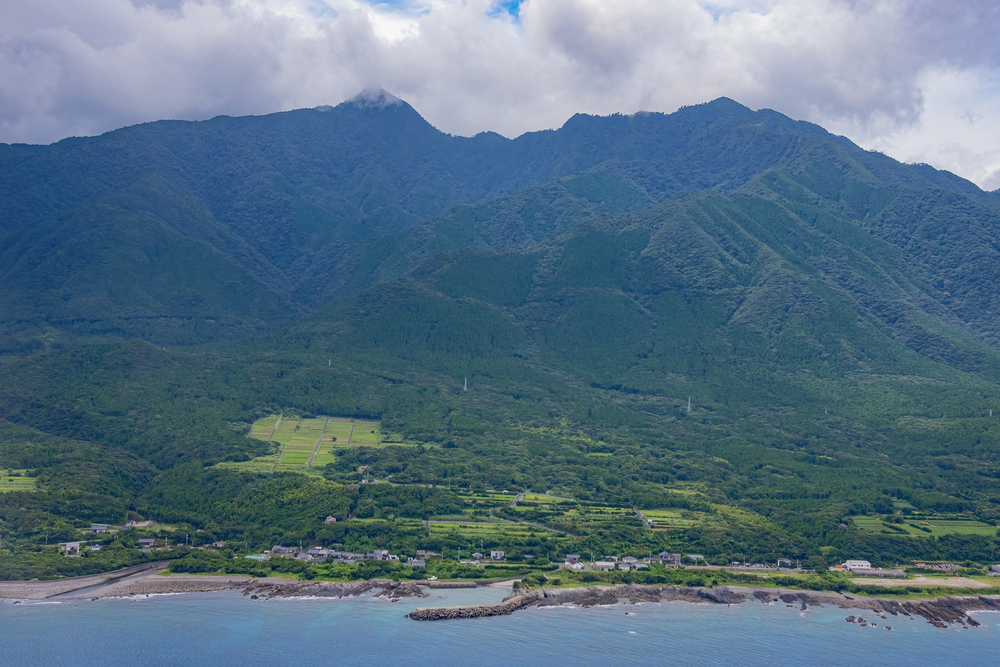
The ancient cedar forests of Yakushima Island offer the original setting for shinrin-yoku, the Japanese practice of forest bathing that scientific research has linked to reduced stress hormones and improved immune function. The moss-covered woodland trails wind through trees over a thousand years old, where the air contains natural compounds released by the cedars that demonstrably lower blood pressure when inhaled.
Morning mist creates an ethereal quality that naturally slows visitors’ pace, making conscious breathing an instinctive response to the environment.
High Altitude Lakes of Tibet
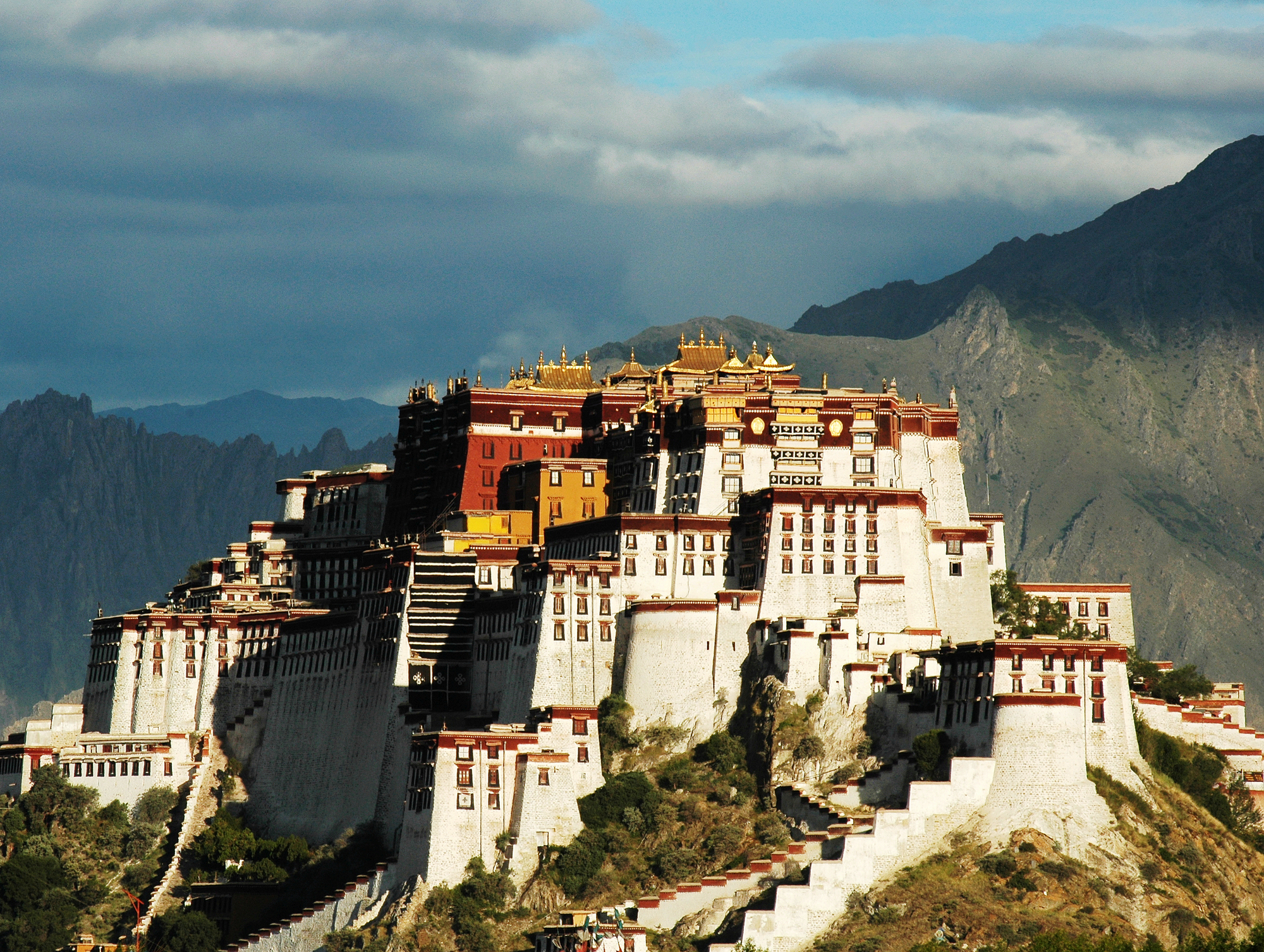
The turquoise lakes of Tibet, situated above 14,000 feet, create an environment where breathing becomes an immediately conscious act due to the thin mountain air. Locals practice breathing techniques passed down through generations of high-altitude adaptation, teaching visitors how breath connects to physical and spiritual existence.
The stark landscape around sacred lakes like Yamdrok and Namtso reduces visual distraction to essential elements—water, sky, and stone—creating perfect conditions for breath-focused meditation.
Like Travel Pug’s content? Follow us on MSN.
The Lavender Fields of Provence, France

The rolling purple landscapes of Provence during summer bloom combine visual beauty with aromatic therapy, as essential oils naturally released by lavender plants create air that invites deep inhalation. The rhythm of wind moving through the fields generates a natural breath pattern that visitors unconsciously adopt, synchronizing with the environment.
Local cultivation practices encourage visiting at sunrise when oxygen levels in the fields peak and thermal air currents create the perfect distribution of therapeutic compounds.
Waitomo Glowworm Caves, New Zealand

The underground river system of Waitomo requires naturally quiet breathing to fully experience its famous bioluminescent ceiling, where thousands of glowworms create a living constellation overhead. The absolute darkness and perfect acoustics make each breath audible, creating immediate awareness of this unconscious process.
The high humidity and mineral-rich air provide respiratory benefits similar to traditional salt caves, with the added wonder of floating silently beneath nature’s galaxy.
Sedona Vortex Sites, Arizona

The renowned energy centers of Sedona combine dramatic red rock formations with areas of measurably different electromagnetic properties, creating environments where many visitors report spontaneously altering their breathing patterns. The expansive vistas automatically trigger deeper inhalation, while the clarity of desert air, with its high negative ion content, delivers more oxygen with each breath than in typical urban environments.
Dawn hikes to vortex sites offer the additional benefit of ozone-enriched morning air produced by desert plants releasing moisture.
Like Travel Pug’s content? Follow us on MSN.
Kerala Backwaters, India
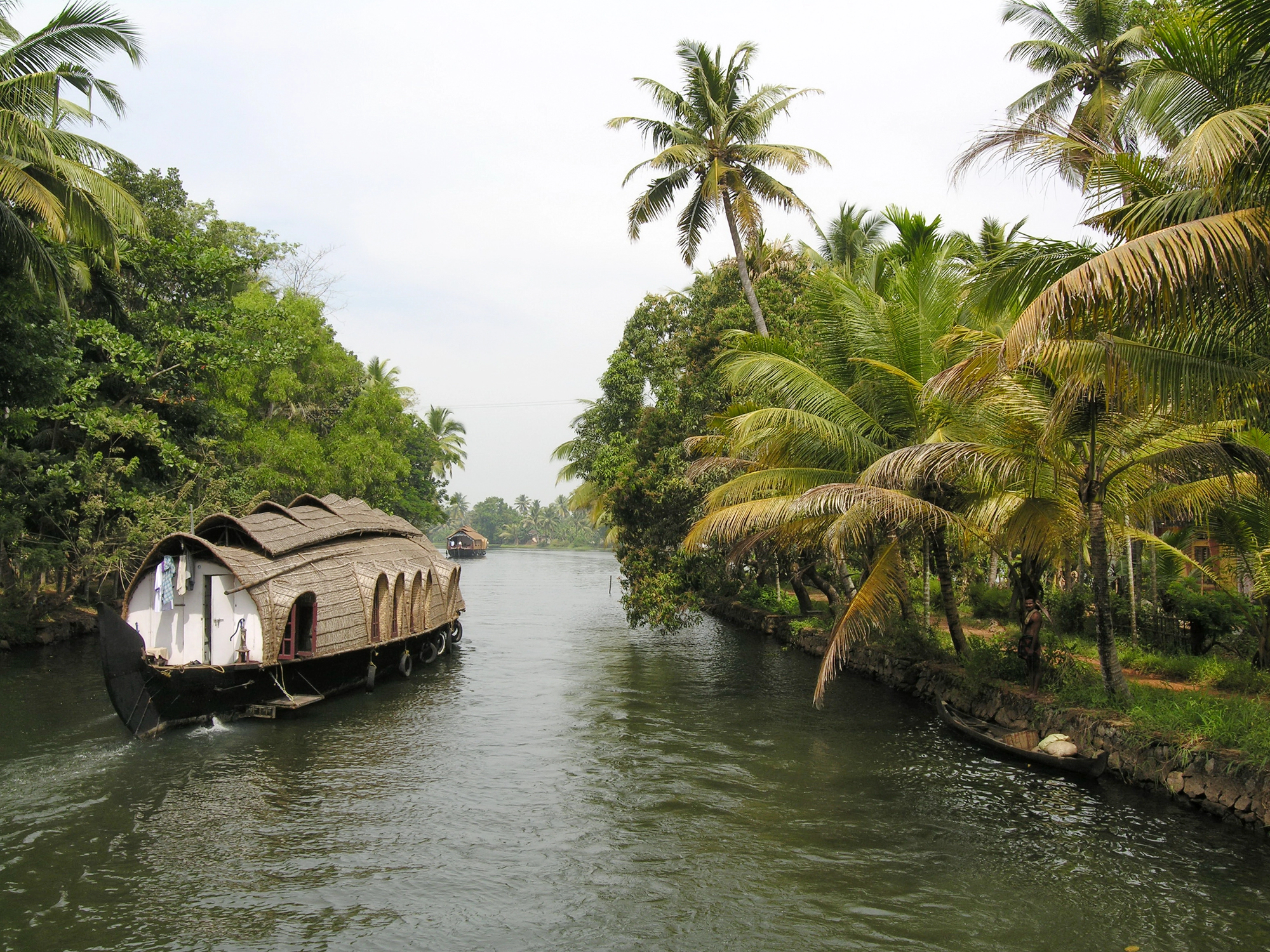
The network of lagoons, lakes, and canals along Kerala’s coast creates a microclimate where air quality and humidity combine to naturally support respiratory health. Traditional houseboats move slowly through waterways lined with medicinal plants that local Ayurvedic practitioners have used for respiratory conditions for centuries.
The gentle rocking motion of boats promotes parasympathetic nervous system activation, shifting breathing patterns from the shallow chest breathing of stress to deeper diaphragmatic breathing.
Salt Flats of Salar de Uyuni, Bolivia
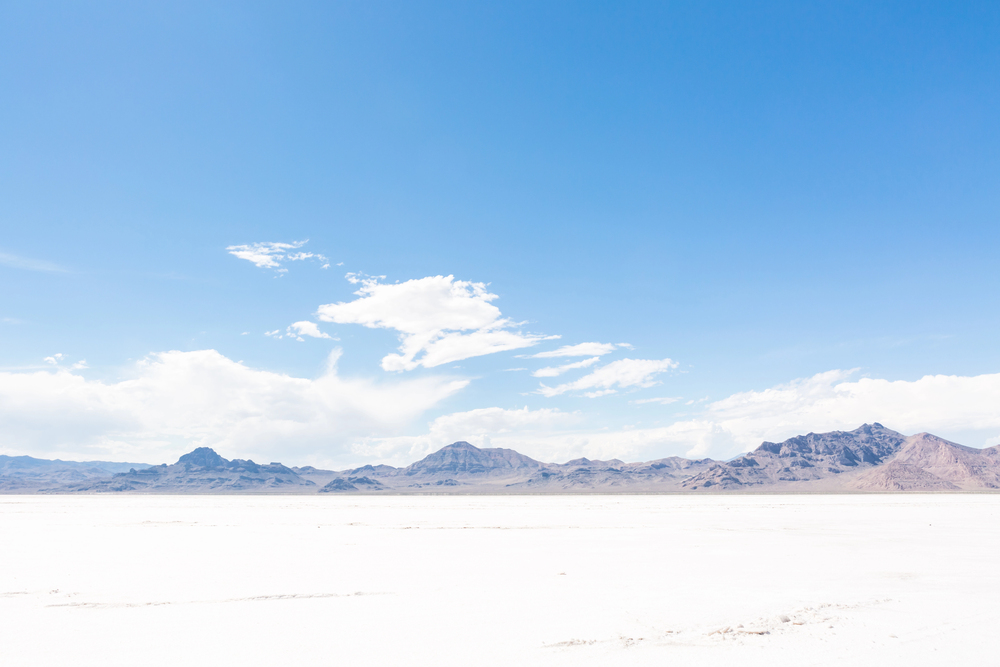
The otherworldly expanse of the world’s largest salt flat creates an environment so vast and elemental that it naturally resets breathing patterns through awe response. The mineral-rich air contains trace elements that support respiratory health, while the absolute flatness extending to the horizon eliminates the visual clutter that often contributes to shallow breathing.
Nighttime visits during clear weather create the famous mirror effect, when stars appear both above and below, inducing a meditative state that deepens respiration.
Plitvice Lakes National Park, Croatia
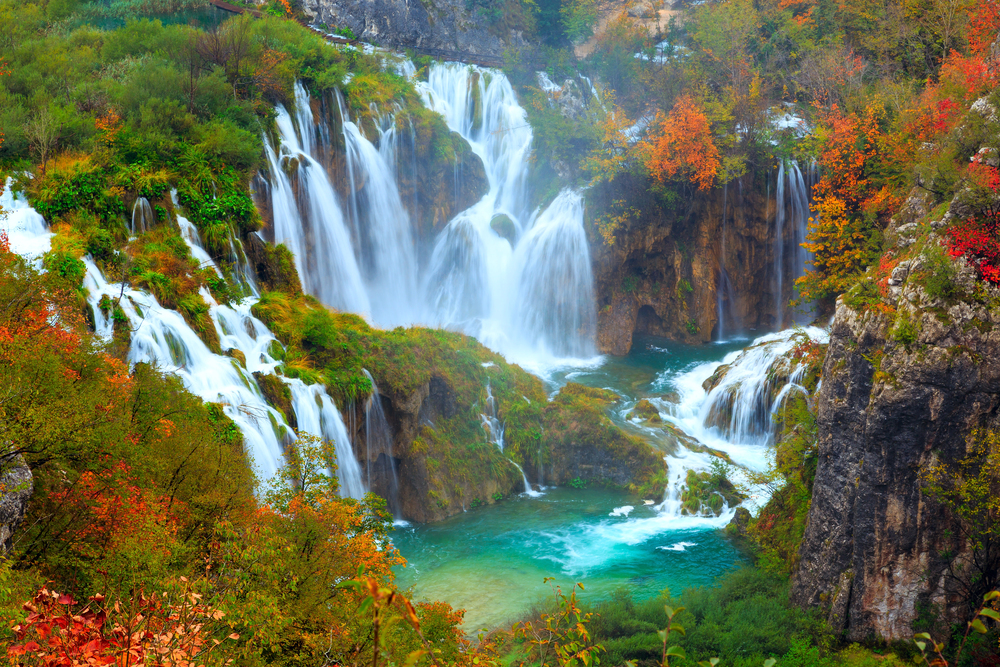
The negative ions generated by Plitvice’s 16 cascading lakes and numerous waterfalls create an air that feels noticeably different from typical environments, promoting deeper breathing and improved oxygen absorption. The wooden walkways built just above the water’s surface place visitors directly in the mist zone, where air quality benefits are strongest.
The blue-green waters contain mineral compounds that volatilize into the air, creating a natural aromatic therapy that encourages slower, deeper breathing patterns.
Like Travel Pug’s content? Follow us on MSN.
Blue Zones of Ikaria, Greece

This island, which is identified as a longevity hotspot, offers environmental and cultural factors that naturally promote healthy breathing patterns. The combination of Mediterranean air currents, low pollution, and oxygen-rich vegetation creates optimal air quality, while the mountainous terrain naturally builds respiratory strength through regular inclines.
Local traditions of unhurried meals, afternoon rest periods, and community-focused activities reduce stress hormones that typically constrict breathing, demonstrating how lifestyle and environment together support respiratory health.
Monteverde Cloud Forest, Costa Rica
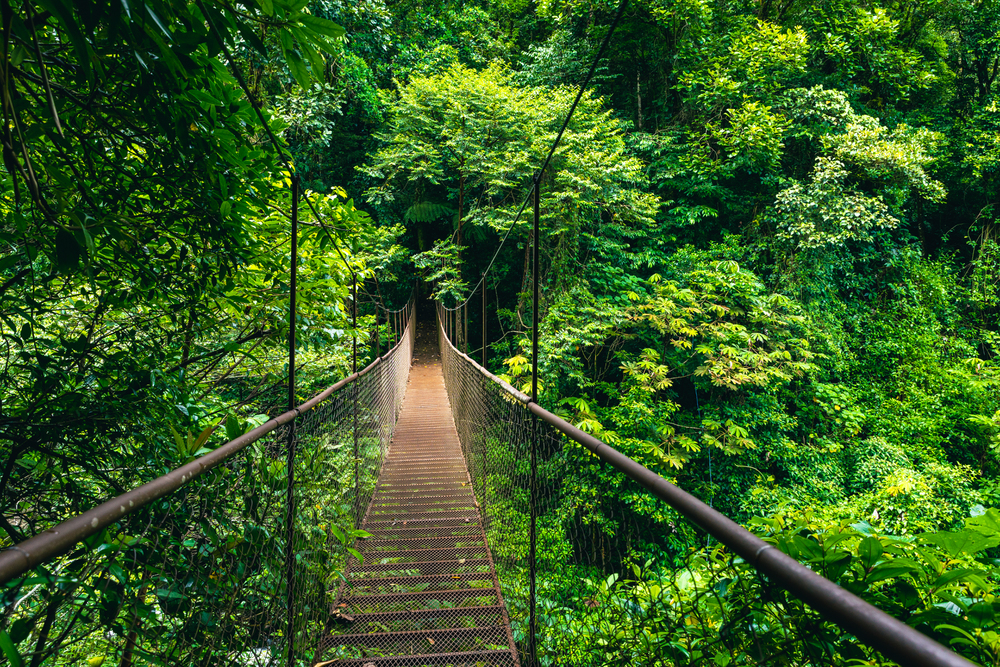
The perpetually mist-shrouded highlands of Monteverde contain air with nearly 100% humidity and extraordinarily high oxygen content produced by the dense vegetation. The forest canopy filters the air to exceptional purity while releasing phytoncides and plant compounds with proven health benefits when inhaled regularly.
The natural soundscape of the cloud forest—distant waterfalls, gentle rainfall, and bird calls—creates audio patterns that unconsciously guide visitors toward slower, rhythmic breathing.
Aboriginal Walking Tracks, Uluru, Australia

The traditional pathways around Uluru (Ayers Rock) follow Aboriginal songlines, and guided walks include instruction in connected breathing techniques developed over 60,000 years of cultural practice. The desert air’s extreme clarity and the rock’s commanding presence naturally induce deeper breathing patterns as visitors respond to the landscape’s scale.
Traditional knowledge shared by indigenous guides connects breathing practices to the concept of Country, teaching visitors how conscious respiration creates a relationship with the place.
Like Travel Pug’s content? Follow us on MSN.
Bamboo Forests of Arashiyama, Kyoto
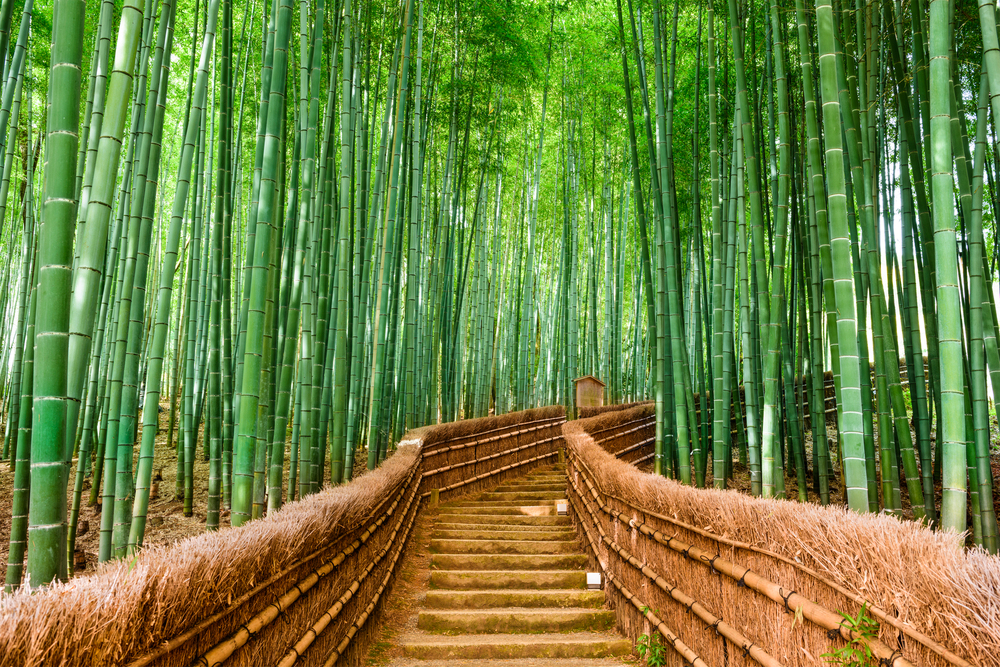
The famous bamboo groves of Arashiyama create uniquely oxygenated air due to bamboo’s remarkable efficiency in converting carbon dioxide to oxygen—producing up to 35% more than equivalent areas of hardwood forest. The distinctive acoustics of wind moving through bamboo create a natural breathing metronome, subtly guiding visitors to synchronize their respiration with the environment.
Early morning visits offer the additional benefit of negatively charged air particles produced as morning dew evaporates from bamboo surfaces.
The Living Root Bridges of Meghalaya, India

The humidity of northeastern India’s rainforests combines with the physical exertion required to reach these remarkable human-plant collaborations, creating conditions that demand conscious breathing adjustment. The bridges, grown from trained tree roots over generations, embody the principle of working with natural systems rather than against them, a concept that extends to breathing.
Local Khasi people teach visitors breathing techniques traditionally used by root bridge cultivators who must synchronize their work with the forest’s growth rhythms.
Fjords of Norway
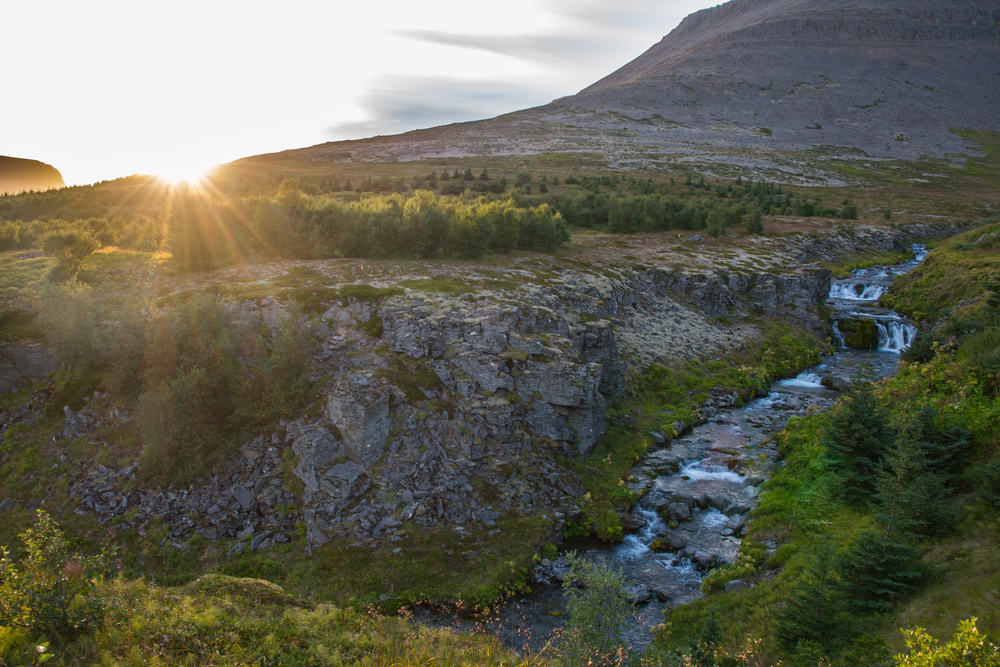
The remarkable air quality of Norwegian fjords results from a unique combination of maritime air currents, negative ions generated by flowing water, and phytoncides released by coniferous forests along the shorelines. The dramatic scale of these landscapes naturally triggers the physiological awe response, which research shows alters breathing patterns and nervous system activity.
Traditional Norwegian practices of friluftsliv (open-air living) incorporate breathing techniques specifically developed for this environment and passed down through generations.
Like Travel Pug’s content? Follow us on MSN.
Cenotes of Yucatán Peninsula, Mexico
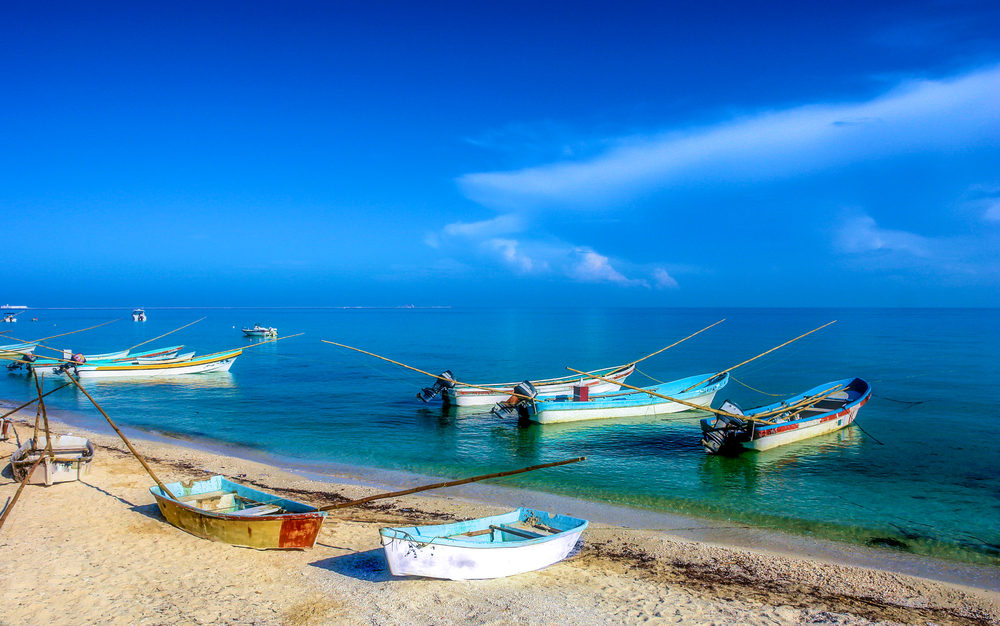
These natural basins filled with mineral-rich groundwater create unique microclimates where air temperature, humidity, and composition remain remarkably stable year-round. The natural filtration of water through limestone produces exceptionally pure water that maintains ideal humidity levels for respiratory health.
Ancient Maya considered cenotes sacred breathing places where the boundary between worlds thinned, a concept reflected in traditional breathing practices still taught by local guides.
Redwood Forests of Northern California

The coastal redwood ecosystem creates air with extraordinary qualities due to the trees’ ability to capture moisture directly from fog, creating humidity levels optimal for respiratory health even during dry seasons. The forest floor contains soil microorganisms that release compounds supporting immune function when inhaled. At the same time, the immense height of the trees naturally draws the gaze upward, extending the spine and opening breathing passages.
The remarkable quietness of redwood forests, due to the sound-absorbing qualities of the trees, eliminates noise pollution that unconsciously contributes to restricted breathing.
Thermal Caves of Saturnia, Italy
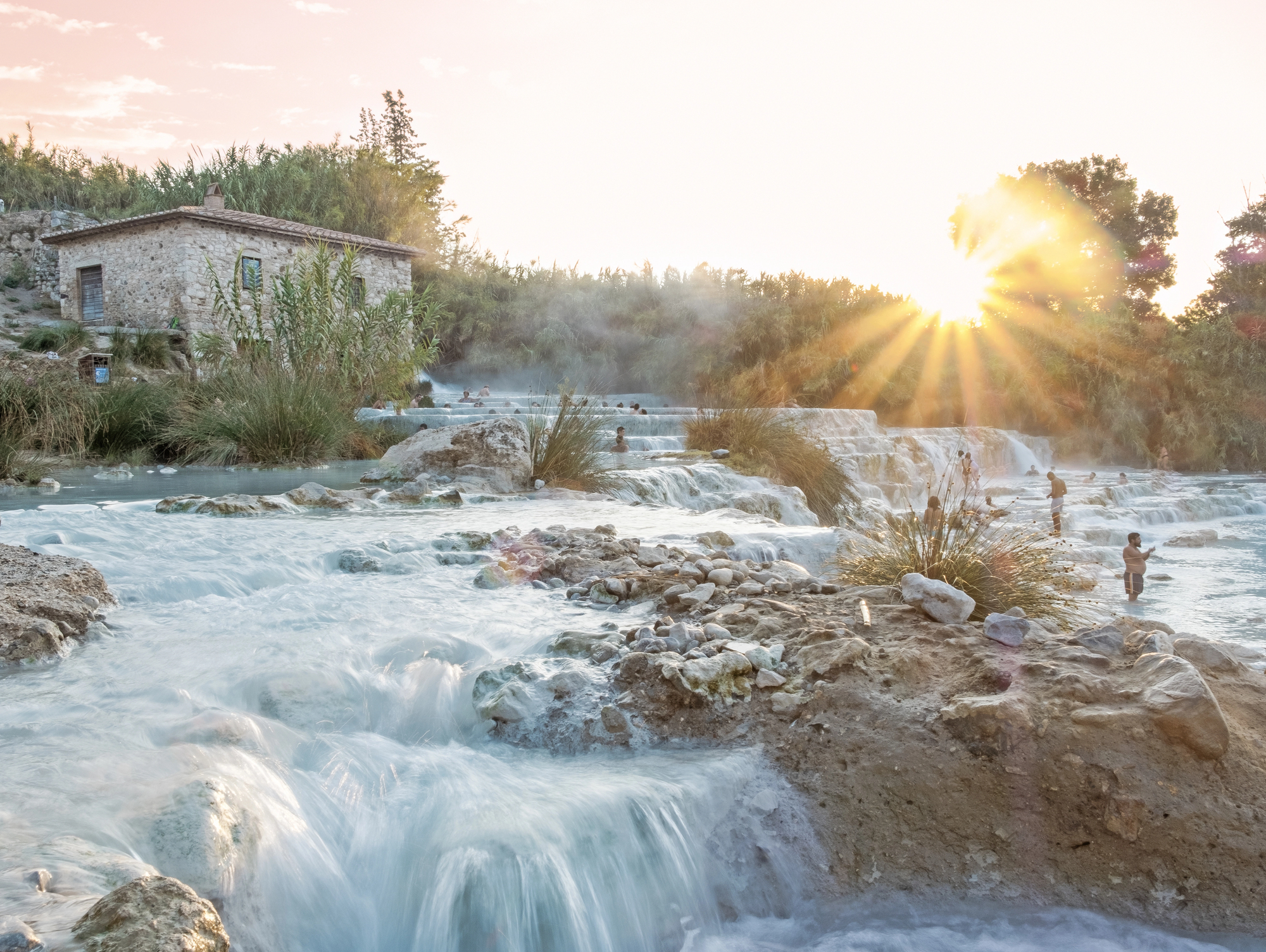
The ancient Etruscans discovered the therapeutic qualities of these natural hot springs, where sulfurous water creates air rich in minerals traditionally used to treat respiratory conditions. The combination of warm water immersion and mineral-rich steam naturally opens breathing passages and promotes deeper respiration.
The tradition of alternating between the warm pools and the cool air creates a natural breathing exercise as the body adjusts to temperature changes, strengthening respiratory response.
Like Travel Pug’s content? Follow us on MSN.
Madagascar’s Avenue of the Baobabs

The ancient baobab trees lining this famous dirt road create a microclimate where air quality, temperature regulation, and humidity combine to support optimal breathing conditions. The trees’ massive water storage capacity moderates humidity in the surrounding air, while their height creates natural air circulation patterns that disperse the aromatic compounds they release.
Visiting at sunrise or sunset maximizes exposure to the transition periods, when the baobabs actively exchange oxygen and carbon dioxide at their highest rates.
The Monasteries of Bhutan
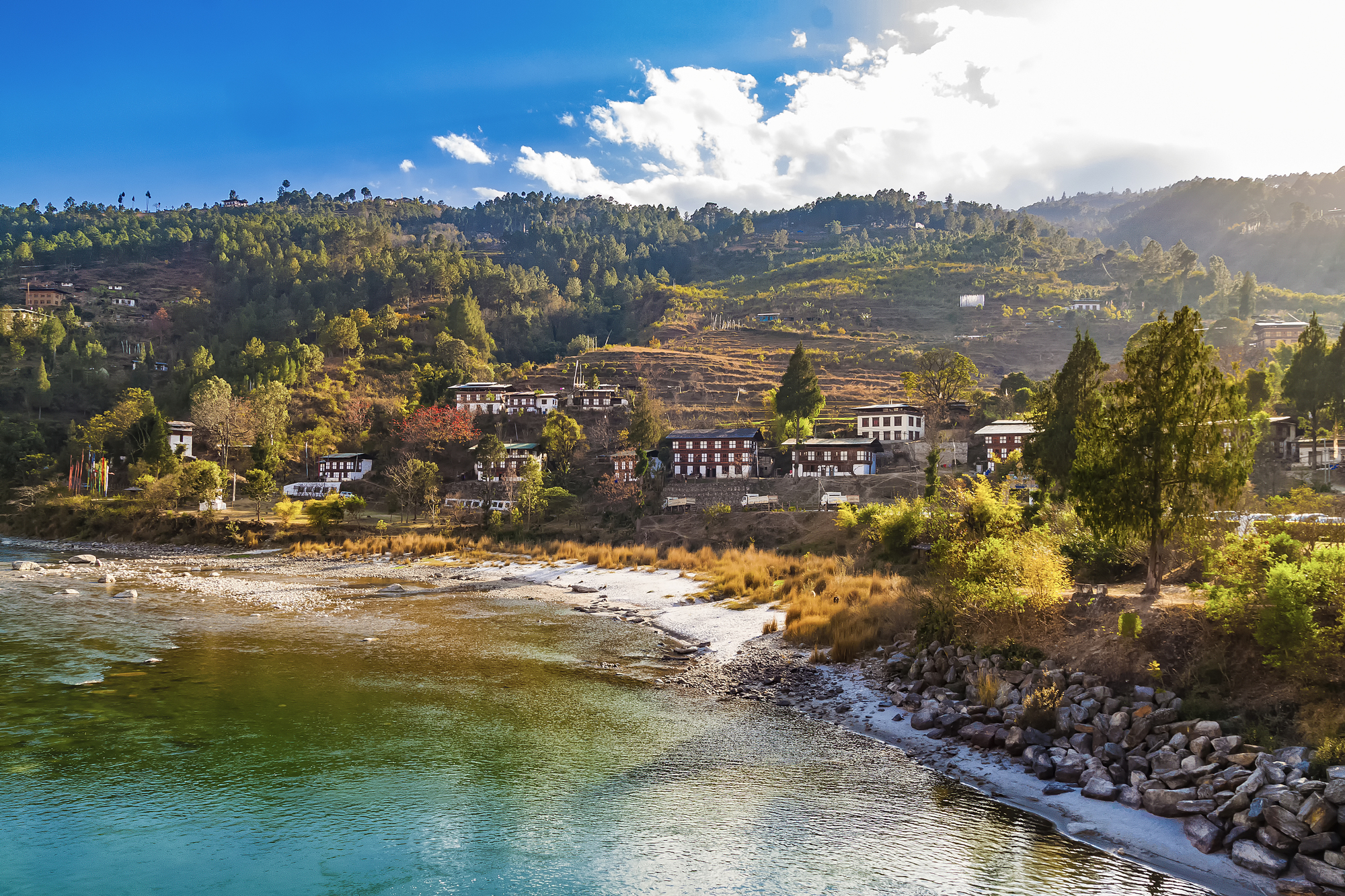
Perched at varying elevations throughout the Himalayan kingdom, Bhutan’s Buddhist monasteries incorporate specific architectural elements designed to influence visitors’ breathing patterns. Many are positioned at elevations that require conscious breathing adjustment upon arrival, immediately bringing awareness to this otherwise automatic process.
Centuries of meditation practice within these spaces have developed specific techniques for high-altitude breathing that monks willingly share with respectful visitors, creating one of the world’s oldest continuous traditions of breathing instruction.
Wadi Rum Desert, Jordan

The vast silence of Jordan’s red sand desert creates an environment where breath becomes the primary sensory experience, with minimal auditory or visual distractions competing for attention. Traditional Bedouin breathing techniques developed for desert survival demonstrate practical adaptation to this environment, where proper respiration helps regulate body temperature and conserve water.
Overnight stays in the desert reveal an air of exceptional purity after sunset, when cooling temperatures cause any particulate matter to settle, creating ideal conditions for respiratory cleansing during sleep under the star-filled sky.
Like Travel Pug’s content? Follow us on MSN.
Finding Your Breath

These destinations remind us that breathing fully isn’t just about technique but about creating the right conditions for natural respiratory rhythm to reassert itself.
While breathing exercises from various traditions offer valuable tools, sometimes the most profound respiratory reset comes simply from placing ourselves in environments where the air, pace, and surroundings naturally elicit the breathing patterns our bodies remember, but our busy lives have forgotten. The true souvenir from these places isn’t a photograph or trinket, but the embodied memory of what it feels like to breathe completely again.
More from Travel Pug

- Cities Growing so Fast You Won’t Recognize Them in 10 Years
- 13 Destinations Where Tourists Regularly Regret Their Trip
- 20 Obscure WWII Sites Even History Buffs Don’t Know About
- 10 Under-the-Radar Mountain Towns That Are Both Affordable and Beautiful
- Remote Villages in Europe Where You Can Live for Free in Exchange for Work
Like Travel Pug’s content? Follow us on MSN.
